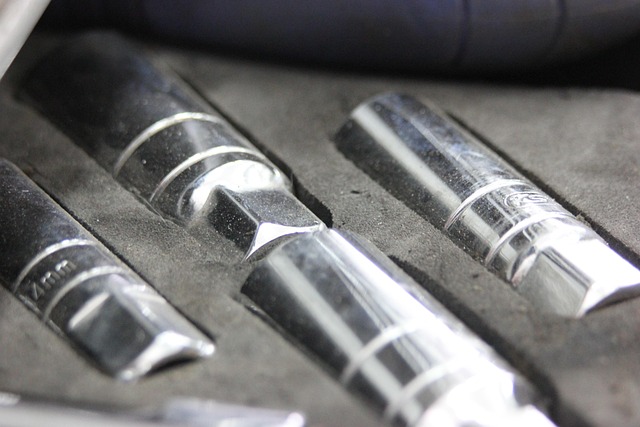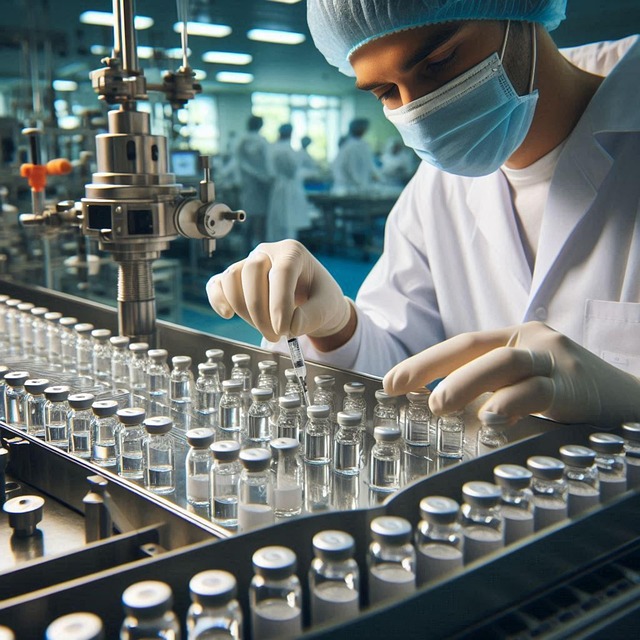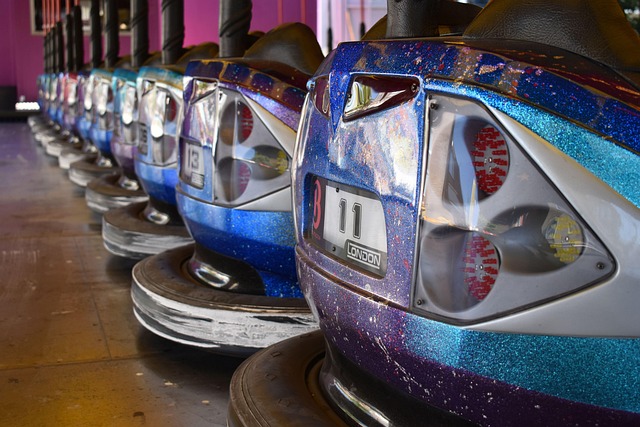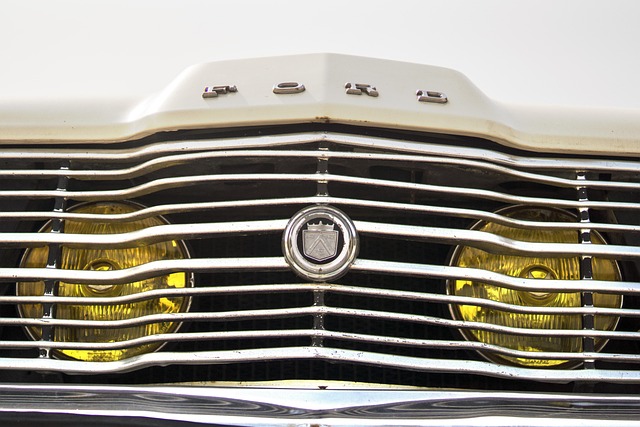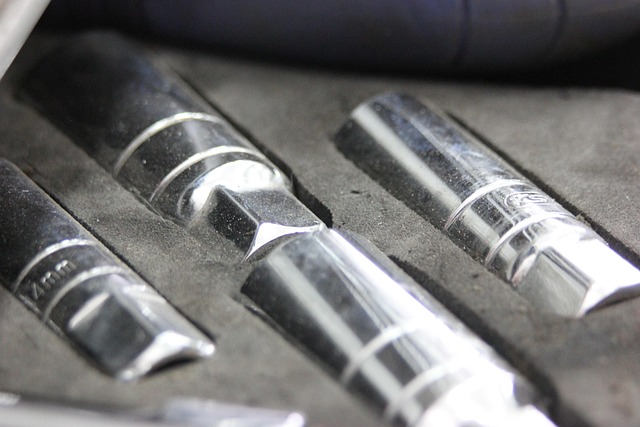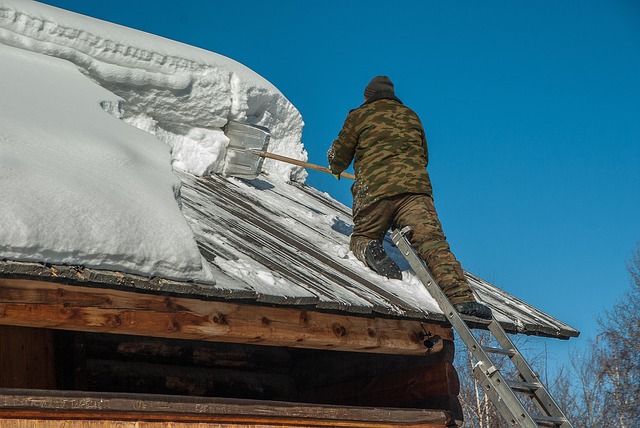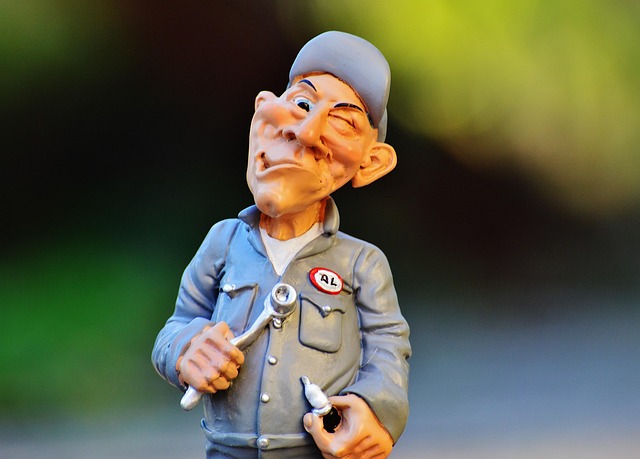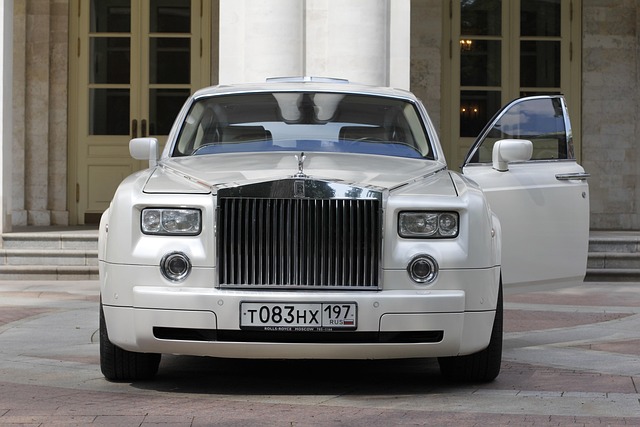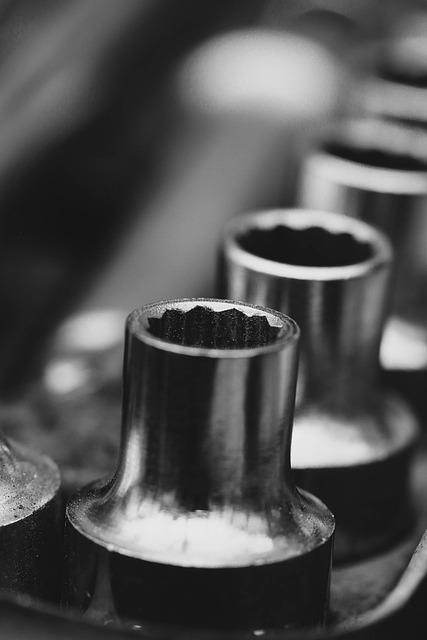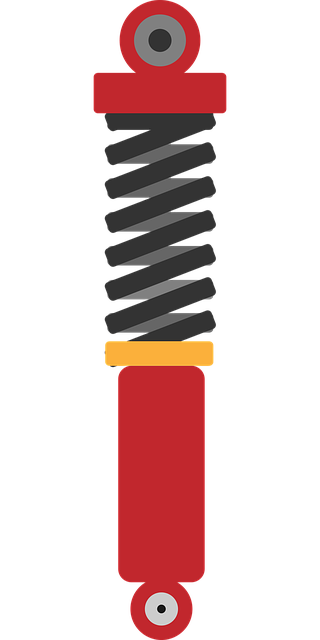Tesla frame straightening is a specialized auto body repair process addressing structural damage after accidents. It involves meticulous manipulation of the vehicle's frame and chassis, restoring integrity and safety standards. Trained professionals conduct thorough inspections, precise measurements, and careful tool use to minimize additional stress or damage. The goal is not only to improve appearance but also ensure Tesla's stringent safety requirements are met. Proper post-accident repair, including steering alignment and suspension integrity checks, is crucial for maintaining optimal drive quality and preserving Tesla vehicle value. Reputable collision repair centers with advanced equipment perform these repairs, adhering to best practices for structural integrity, alignment, and enhanced safety, handling, performance, and noise reduction.
Tesla vehicles, known for their advanced technology, also require meticulous care after accidents. The process of Tesla frame straightening is crucial in restoring structural integrity and ensuring optimal drive quality. This article delves into understanding the intricacies of Tesla frame straightening, its purpose, and how it influences post-accident driving experience. We’ll explore what to expect, best practices for repair, and tips to maintain long-term drive quality, providing valuable insights for Tesla owners.
- Understanding Tesla Frame Straightening: The Process and Its Purpose
- Post-Accident Drive Quality: What to Expect and How It Impacts Ownership
- Best Practices for Ensuring Optimal Frame Straightening and Long-Term Drive Quality
Understanding Tesla Frame Straightening: The Process and Its Purpose
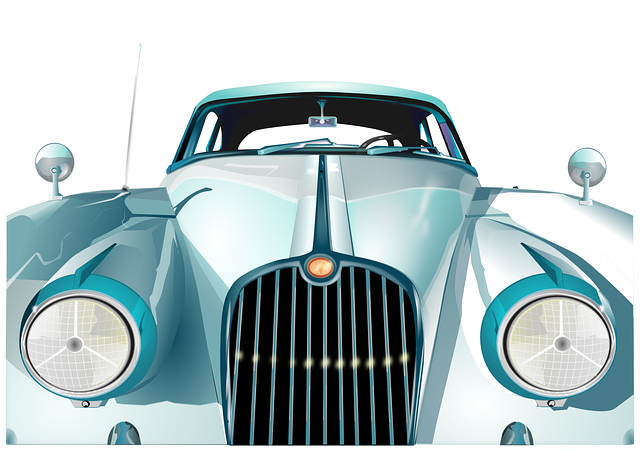
Tesla frame straightening is a specialized process tailored to address structural damage in Tesla vehicles after an accident. This procedure goes beyond conventional auto dent repair; it involves meticulous manipulation and adjustment of a vehicle’s frame to restore its original integrity and safety standards. The primary goal is to ensure that every component, from the chassis to the body panels, aligns perfectly, thereby maintaining the car’s overall structural stability and ride quality.
The process incorporates advanced techniques and technology, often requiring trained professionals with expertise in auto body repair and car body restoration. It starts with a thorough inspection of the damaged areas, followed by precise measurements and calculations. Specialized tools are then employed to straighten and realign the metal frameworks, carefully minimizing any additional stress or damage. This meticulous approach not only enhances the vehicle’s appearance but also guarantees that it meets Tesla’s stringent safety standards post-accident.
Post-Accident Drive Quality: What to Expect and How It Impacts Ownership
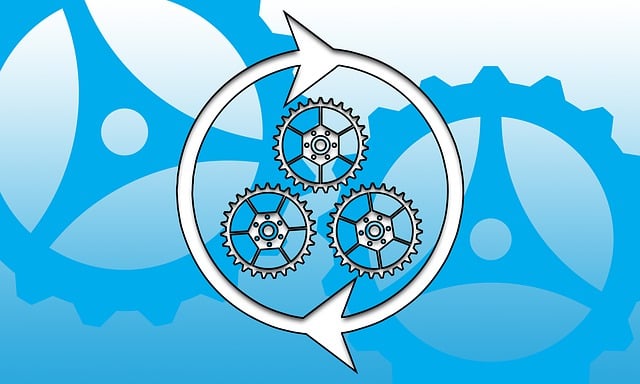
After a collision, many Tesla owners wonder what to expect when taking their vehicle for a drive following frame straightening and repair work. Post-accident drive quality is a significant consideration as it directly impacts ownership experience and safety.
During the post-accident evaluation, various factors are assessed, including steering alignment, suspension integrity, and overall vehicle performance. Skilled technicians perform meticulous inspections to ensure that the Tesla’s frame has been accurately straightened and all related components restored to their original specifications. Proper restoration is vital to maintain optimal handling, braking, and stability—crucial aspects for a safe driving experience. While some minor adjustments might be necessary after repairs, professional auto body shops equipped with advanced equipment can minimize these adjustments, ensuring the vehicle returns to its pre-accident condition and meets manufacturer standards, including precise auto body painting and dent removal if needed.
Best Practices for Ensuring Optimal Frame Straightening and Long-Term Drive Quality
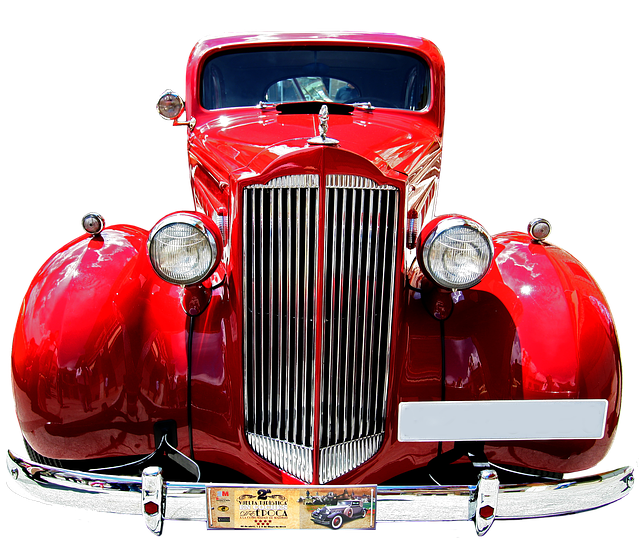
When it comes to Tesla frame straightening, adhering to best practices is paramount for maintaining optimal drive quality and preserving the vehicle’s value. The initial step involves meticulous assessment by professionals who utilize advanced equipment to pinpoint any misalignments or deformities in the car body repair process. This careful inspection ensures that every angle and curve of the vehicle’s structure is accurately measured and addressed during frame straightening.
Post-accident, prioritizing long-term drive quality necessitates regular maintenance and checks at a reputable collision repair center. Skilled technicians employ state-of-the-art tools to perform precise adjustments, ensuring the vehicle’s structural integrity. By fostering strong alignment, these practices not only enhance safety but also contribute to smoother handling, improved performance, and reduced noise during driving—all integral aspects of an enjoyable ownership experience, especially for a cutting-edge electric vehicle like a Tesla.
Tesla’s frame straightening process is a key aspect of maintaining vehicle integrity after accidents. By understanding this procedure, owners can ensure their cars return to pre-accident condition, enhancing safety and performance. Post-accident drive quality plays a significant role in the overall ownership experience, impacting handling, comfort, and reliability. Adhering to best practices for frame straightening and ongoing vehicle care ensures optimal drive quality over the long term, contributing to a satisfying Tesla ownership journey.
